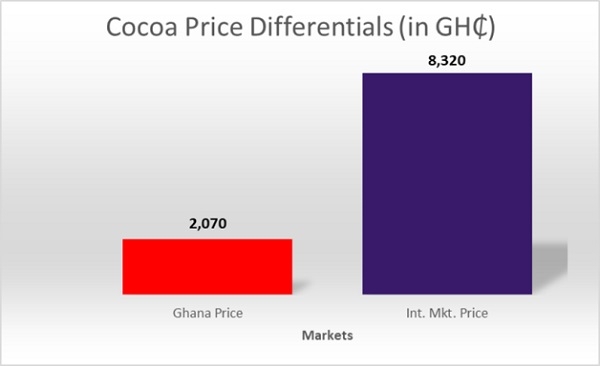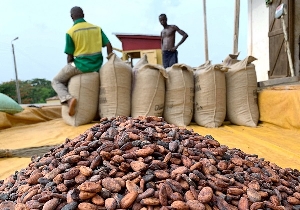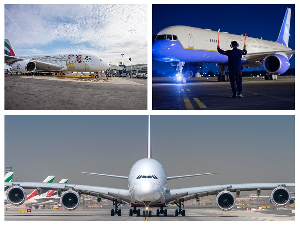- Home - News
- TWI News | TV
- Polls
- Year In Review
- News Archive
- Crime & Punishment
- Politics
- Regional
- Editorial
- Health
- Ghanaians Abroad
- Tabloid
- Africa
- Religion
- Election 2020
- Coronavirus
- News Videos | TV
- Photo Archives
- News Headlines
- Press Release
Business Features of Thursday, 11 April 2024
Source: Peter Dadzie, Contributor
It is time to take steps to fully liberalize cocoa sector
The price of cocoa increased to an all-time high of $10,000 per metric ton towards the end of March 2024. This unprecedented hike is attributable to supply shortfalls in the two leading cocoa-producing countries, Ghana and Cote d’Ivoire, which together account for 60% of the world’s total cocoa production.
At the time, Ghana’s farmgate price for cocoa was $1,574.66 per metric ton, representing only 15.75 percent of the international market price. Cote d’Ivoire’s farmgate price was also at $1,640 per metric ton, which is 16.4 percent of the international market price. The government of Cote d’Ivoire quickly increased its farmgate price to $2,460 per metric ton, effective April 2, 2024.
The Ghana Cocoa Board in a bid to prevent the smuggling of cocoa beans to neigbouring Cote d’Ivoire increased the farmgate price of cocoa by 58.26 percent to $2,471.64 metric ton from $1,574.66 per metric ton effective Friday, April 5, 2024, for the rest of the 2023/24 cocoa season.
Using an exchange rate of $1=GH¢13, one bag of cocoa (i.e. 64kg) costs GH¢8,320 on the international market, but the government is only giving a paltry GH¢2,070 to the poor farmers. Therefore, the government (and Licensed Buying Companies) will be pocketing a staggering GH¢6,250 for every bag of cocoa bought from the farmers.

Source: Author’s computation
The increment is not enough to uplift many cocoa farmers from poverty. A recent research study by the Imani Center for Policy & Education, which interviewed 353 cocoa farmers in three popular cocoa-growing regions in Ghana, found that cocoa farmers make an average of $0.60 per person per day based on a five-person household. This amount is far below the Living Income Community of Practice (LICOP) standard of US$1.96 per person per day and the World Bank’s extreme poverty line of $2.15 per person per day.
The 58.26 percent increment in Ghana’s cocoa farmgate price will only increase the farmer’s daily income to $0.95, still falling short of the LICOP standard and even less than half of the World Bank’s extreme poverty line. Thus, an overwhelming maturity of cocoa farmers will remain poor despite the increase in the farmgate price.
It is evident that cocoa farmers are toiling in vain while only a select few enjoy the benefits. If local fuel prices are allowed to change automatically with changes in the international market price without any significant margin to cushion consumers, then cocoa farmers should be permitted to fully benefit from the increase in the price of cocoa on the international market.
Efforts should be made to process almost all cocoa beans locally to generate more value for the farmers and the country. Additionally, to alleviate COCOBOD from the annual struggles for syndicated loans and debts, cocoa farmers (and/or LBCs) should be allowed to export cocoa beans to fully benefit from the international price of cocoa, which is generally higher than the local price.











